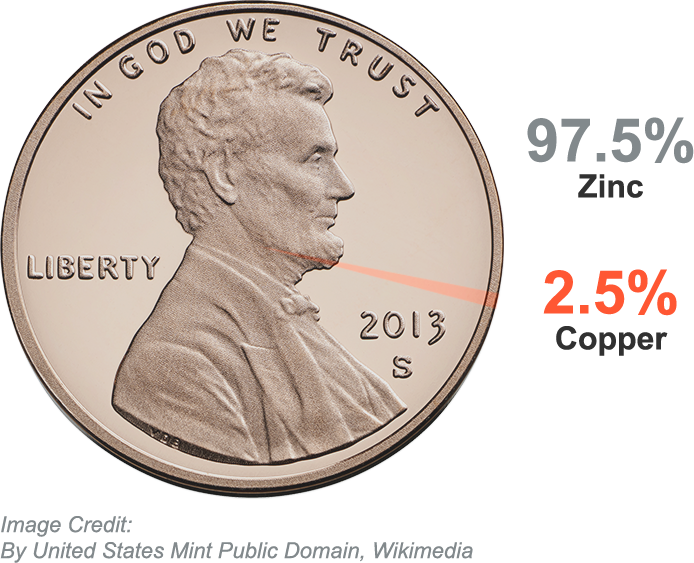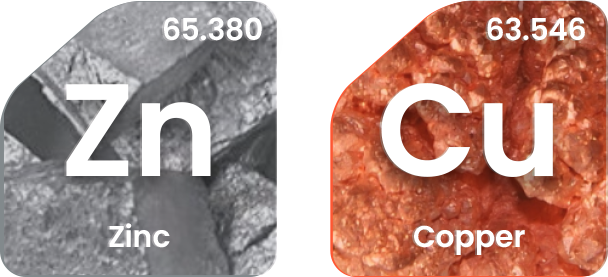by Ronan Manly, BullionStar:

Have you ever thought about what pennies are made of?
At first glance, it may seem like a minor coin, almost negligible in value. However, the cost to produce each penny actually exceeds its face value, which has led to debates about whether keeping the penny in circulation is worth it. Understanding the economics behind coin production offers fascinating insights—not only into the penny itself but also into the true value of metals in our currency system.
TRUTH LIVES on at https://sgtreport.tv/
In 2024, the cost of producing a single penny reached 3.07 cents, and based on current trends in material and production costs, this could rise to 3.5 cents per penny in 2025. In fact, a 2023 report revealed that the U.S. Mint lost a staggering $179 million producing pennies and nickels alone, underscoring the inefficiency of minting these low-denomination coins.
In this article, we’ll break down the exact materials, costs, and surprising chemistry behind each penny. And, as we’ll see, unlike pennies, some coins offer a tangible return on investment. For instance, silver coins, with their intrinsic value and high purity, are not just a currency but a valuable asset. Let’s dive in!
What Are Pennies Made Of? The Materials Breakdown
Modern pennies are made from 97.5% zinc and only 2.5% copper, a composition chosen to minimize costs while maintaining the traditional look of copper coins. But despite these cost-saving efforts, the U.S. Mint still spends more than one cent to produce each penny. Let’s look at why.

1. Raw Materials: Zinc and copper prices fluctuate, but on average, these metals currently cost around 0.75 cents per penny, depending on market conditions
2. Manufacturing Costs: Beyond the raw materials, there’s the cost of minting—stamping out the coin, quality control, and finishing. There’s also transportation and distribution to consider, which adds to the overall cost.
Why Zinc and Copper? The Chemistry Behind the Penny
Zinc, the primary metal in pennies, is used because it’s more affordable than pure copper. The thin copper coating, meanwhile, preserves the classic copper appearance. But there’s more chemistry at play:

Zinc’s Durability: Zinc is sturdy, resistant to corrosion, and relatively easy to work with, making it a practical choice for high-volume coin production.
Copper’s Aesthetic Appeal: The copper coating gives pennies their distinctive shine and also prevents oxidation, ensuring they stay recognizable even after years of circulation.
By using zinc with a copper coating, the U.S. Mint strikes a balance between durability, cost, and tradition—though it still costs more to produce than its value.
Bringing It All Together: How Much Does a Penny Weigh?

Since 1982, a modern U.S. penny has weighed 2.5 grams, thanks to its primarily zinc composition with a thin copper coating. That year marked the U.S. Mint’s transition from a primarily copper penny, which weighed 3.11 grams, to the current zinc core design. The change was prompted by rising copper costs, making zinc a more economical and practical alternative.
Understanding a penny’s weight is important for collectors and investors who evaluate coins based on their material composition and historical significance. Whether you’re weighing coins for authenticity or simply curious about their makeup, the 2.5-gram standard reflects a careful balance between preserving tradition and reducing production expenses.
How Much Does It Cost to Make a Penny? Analyzing the Numbers
Despite efforts to reduce costs, producing a penny still costs more than its face value. In 2023, it cost the U.S. Mint approximately 3.07 cents to manufacture a single penny—over three times its value. These costs include raw materials, manufacturing, and distribution.




